Horsepower’s Relentless March: 1776–1900
This story first appeared in the September/October 2024 issue of Hagerty Drivers Club magazine. Join the club to receive our award-winning magazine and enjoy insider access to automotive events, discounts, roadside assistance, and more.
The following multi-part series explores the developmental timeline of horsepower in the automotive industry. We’re kicking things off in 1776. Come back tomorrow as we continue our daily installments highlighting all the major evolutionary milestones in horsepower. Enjoy! –Ed.
How much horsepower does it make? The question is, in many practical respects, pointless. Pretty much every vehicle on the road has enough power to do what it needs to do, and then some. Yet for enthusiasts, it’s critical, part of a secret handshake that tells us not only what someone’s driving, but whether they know and appreciate what they’re driving.
The horsepower your car produces is the product of some 250 years of continuous improvement, serendipitous discoveries, and daring feats—most of it revolving around a type of air pump we call the internal combustion engine.
As we write this, the future of the engine, the beating heart of the automobile, is somewhat in doubt. There’s no question, though, that our horsepower quest will continue. We will keep tweaking, and the numbers will keep growing. But it’s worth pausing, if only for a moment, to reflect on just how far we’ve come.
Buckle Up, Here We Go…
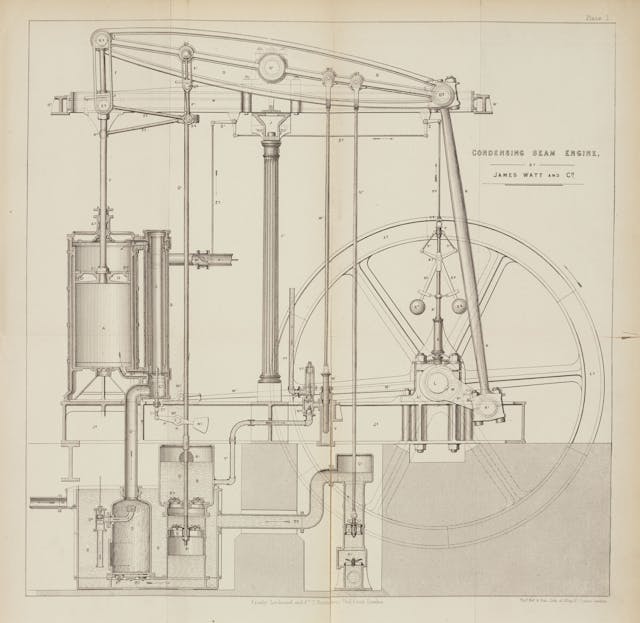
1776: In Scotland, James Watt coins the term horsepower, using a horse’s pulling ability to distinguish his steam engines from weaker competitive designs.
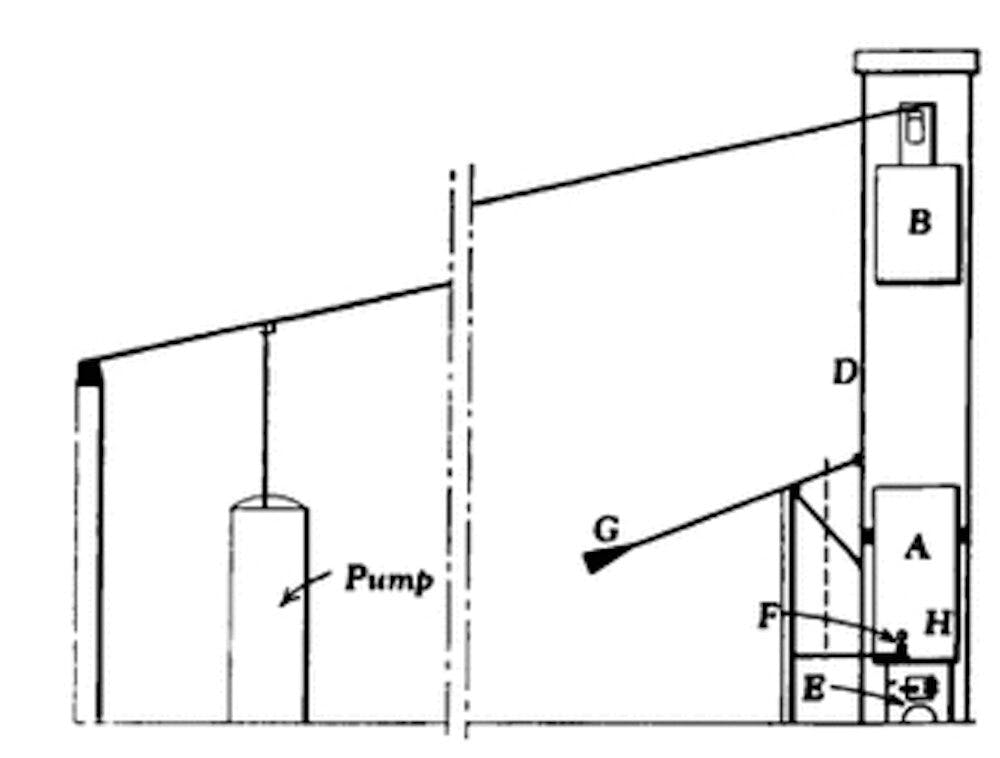
1794: Robert Street of England patents the first combustion engine running on liquid petroleum. His design has a single, vertical water-cooled cylinder with its piston and connecting rod tied to a rocking beam. Instead of spark ignition, combustion is initiated by heat transferred from a furnace attached to the lower portion of the engine. Following each power stroke, gravity returns the piston to the bottom of the cylinder. Street’s engine is successful in pumping water from coal mines.
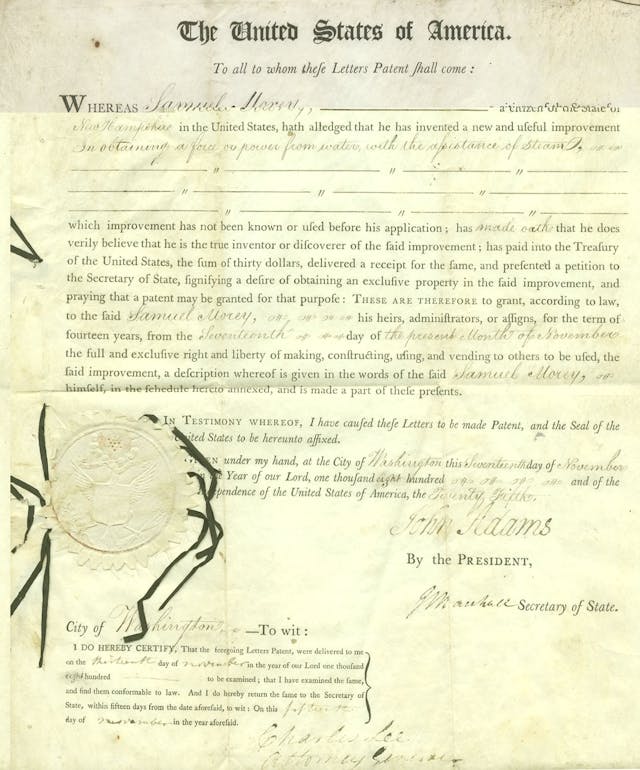
1826: American Samuel Morey patents a “gas or vapor engine,” employing a device resembling the modern carburetor for mixing fuel with air.
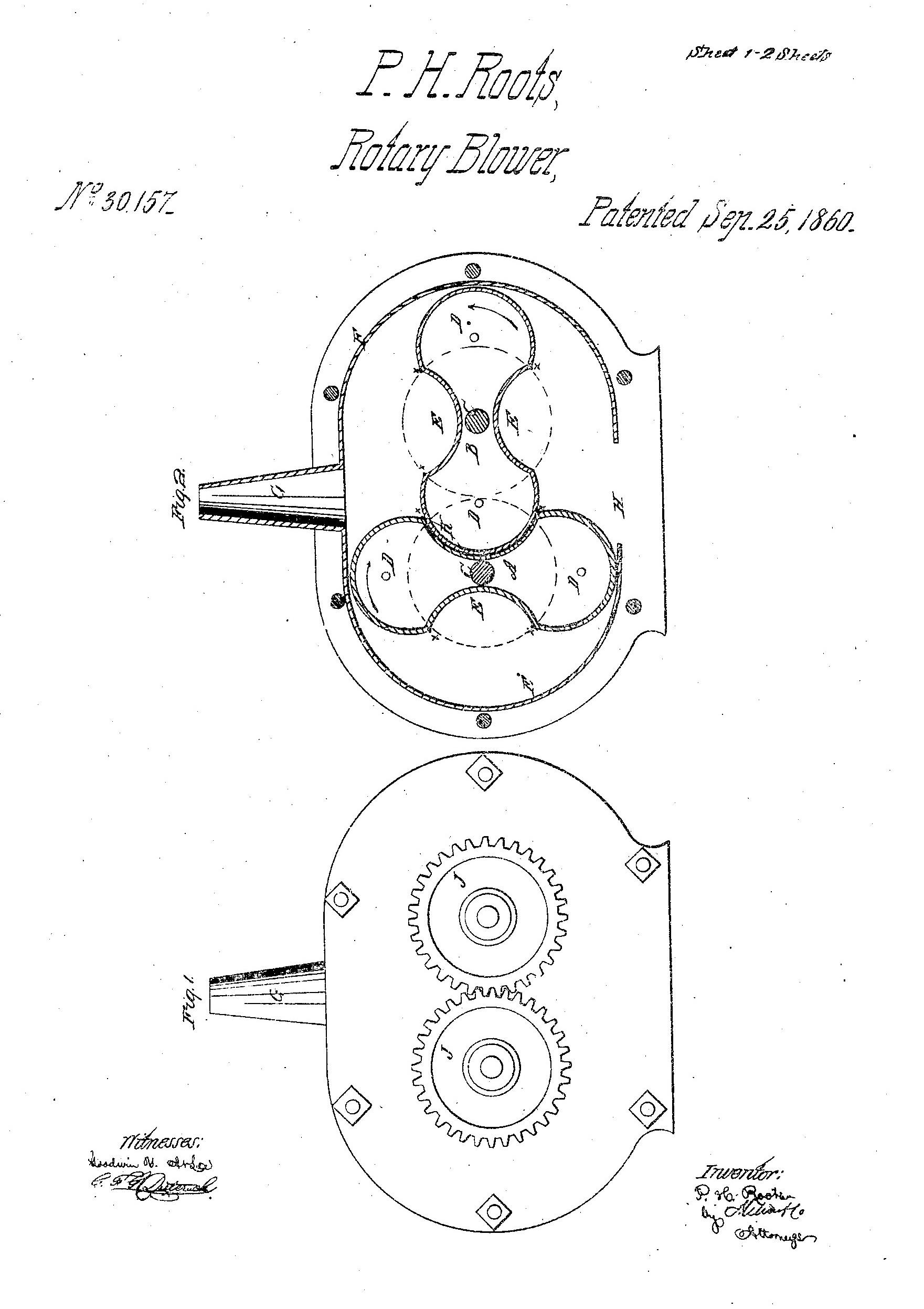
1860: Francis and Philander Roots of Connersville, Indiana, patent a blower to force-feed air into blast furnaces making iron. Their device has two geared, interlocking lobes rotating in opposite directions. Still in wide use on a dozen or so production models and by tuners, Roots superchargers now typically employ three or four lobes per rotor.
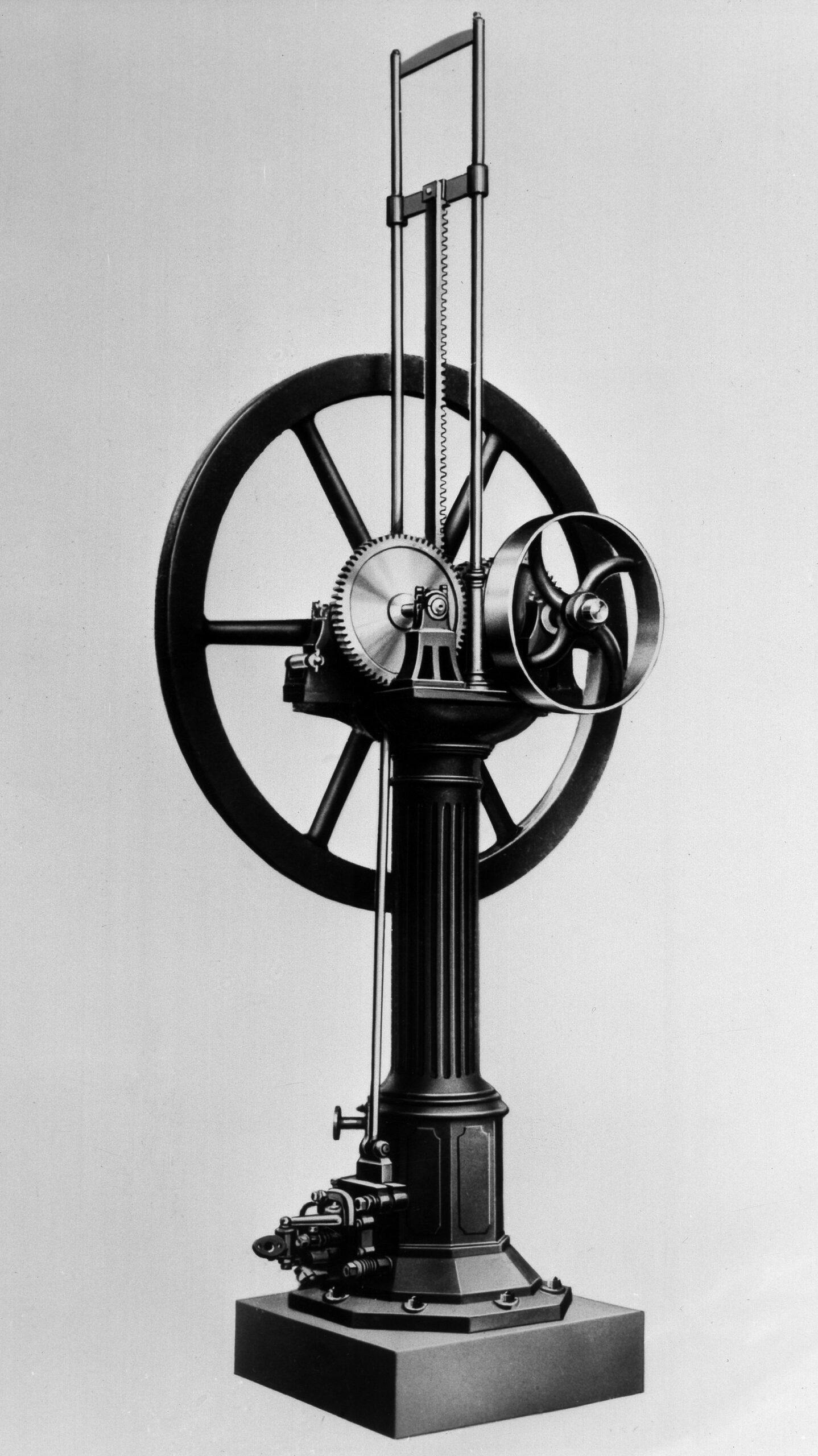
1867: An internal combustion engine produced by Germans Eugen Langen and Nicolaus Otto wins a gold medal at the Paris Exhibition, largely because it consumes less than half the fuel of competing designs.
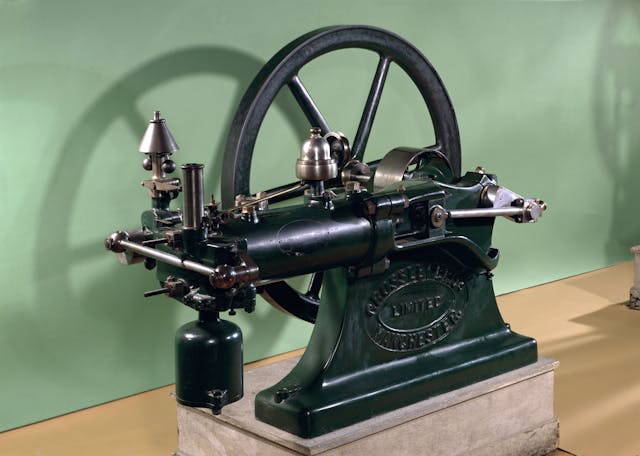
1876: Otto, in collaboration with Gottlieb Daimler and Wilhelm Maybach, patents the four-stroke internal combustion engine—the forefather of modern gasoline engines.
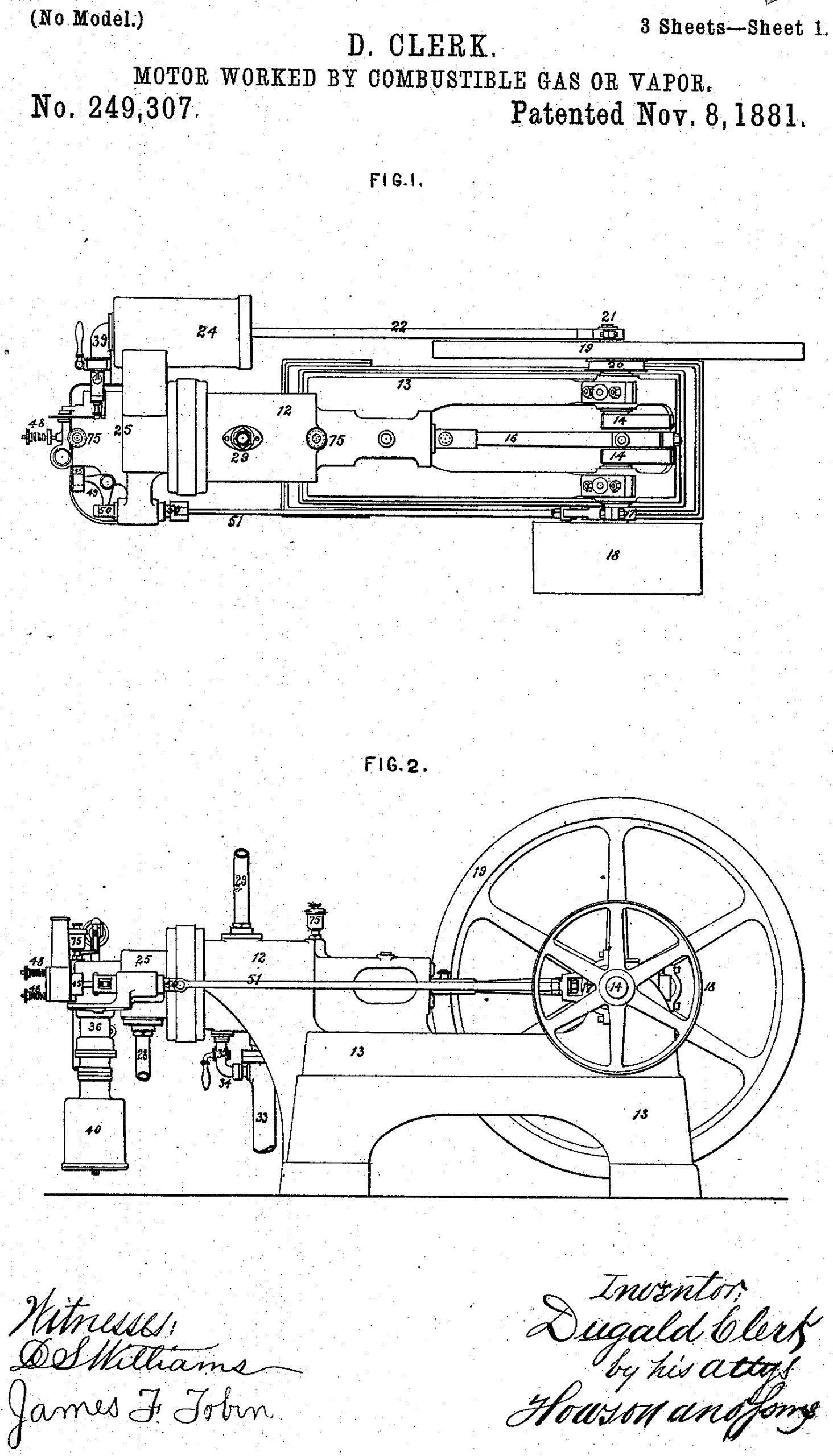
1881: Scottish engineer Dugald Clerk earns a patent for his commercially successful two-stroke engine, which employs a supercharger (imagine that on your lawn mower).
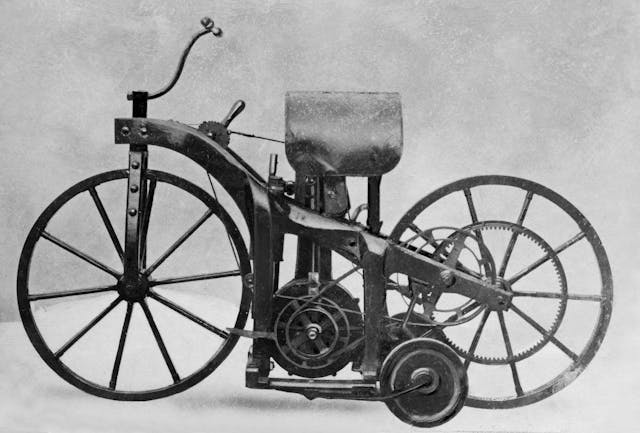
1885: Daimler successfully tests the first motorcycle, powered by what became known as the “grandfather clock” engine. It produced about 0.5 horsepower. Germany in this era becomes the hotbed of engine development.
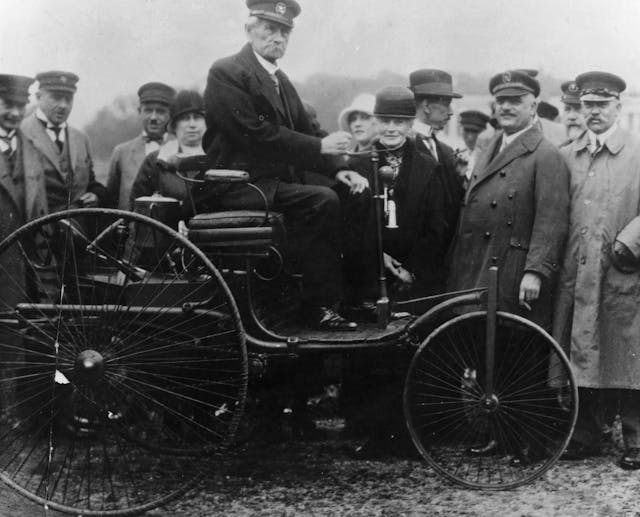
1886: Karl Benz earns a patent for what is generally considered to be the first automobile; its single-cylinder four-stroke engine produced less than 1 horsepower.
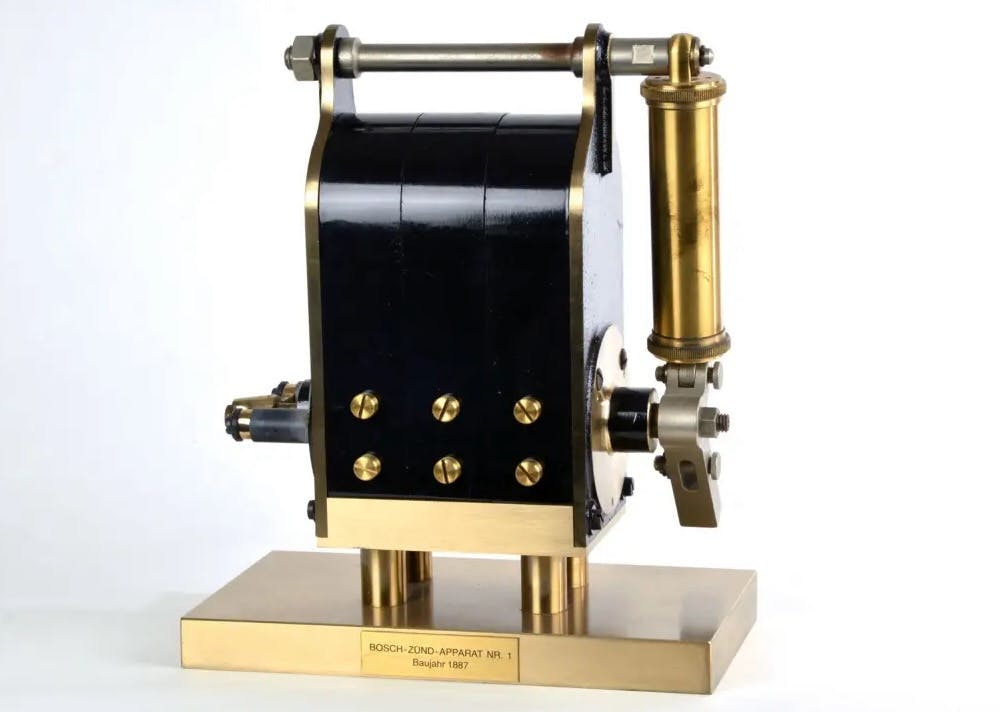
1887: Robert Bosch’s company develops an ignition magneto capable of creating spark at higher operating speeds (RPM). This proves critical to making horsepower in automobile engines, which are limited in size compared with the giant, slow-turning engines used in industrial applications of the day.
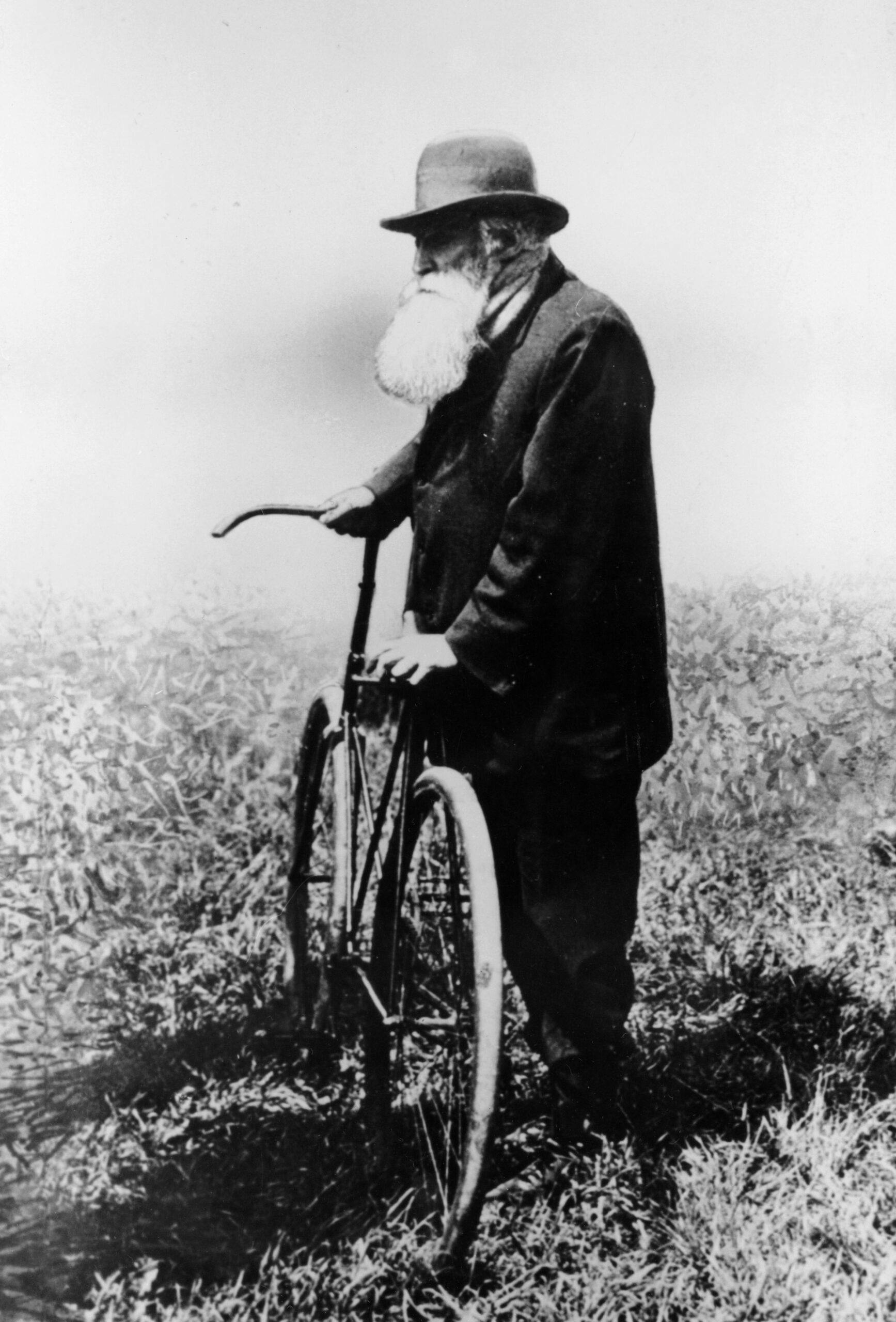
1888: Scottish inventor John Boyd Dunlop develops a pneumatic tire for use on bicycles. These tires, lighter and more comfortable at speed than solid rubber tires, rapidly migrate to motorized vehicles, enabling higher horsepower applications.
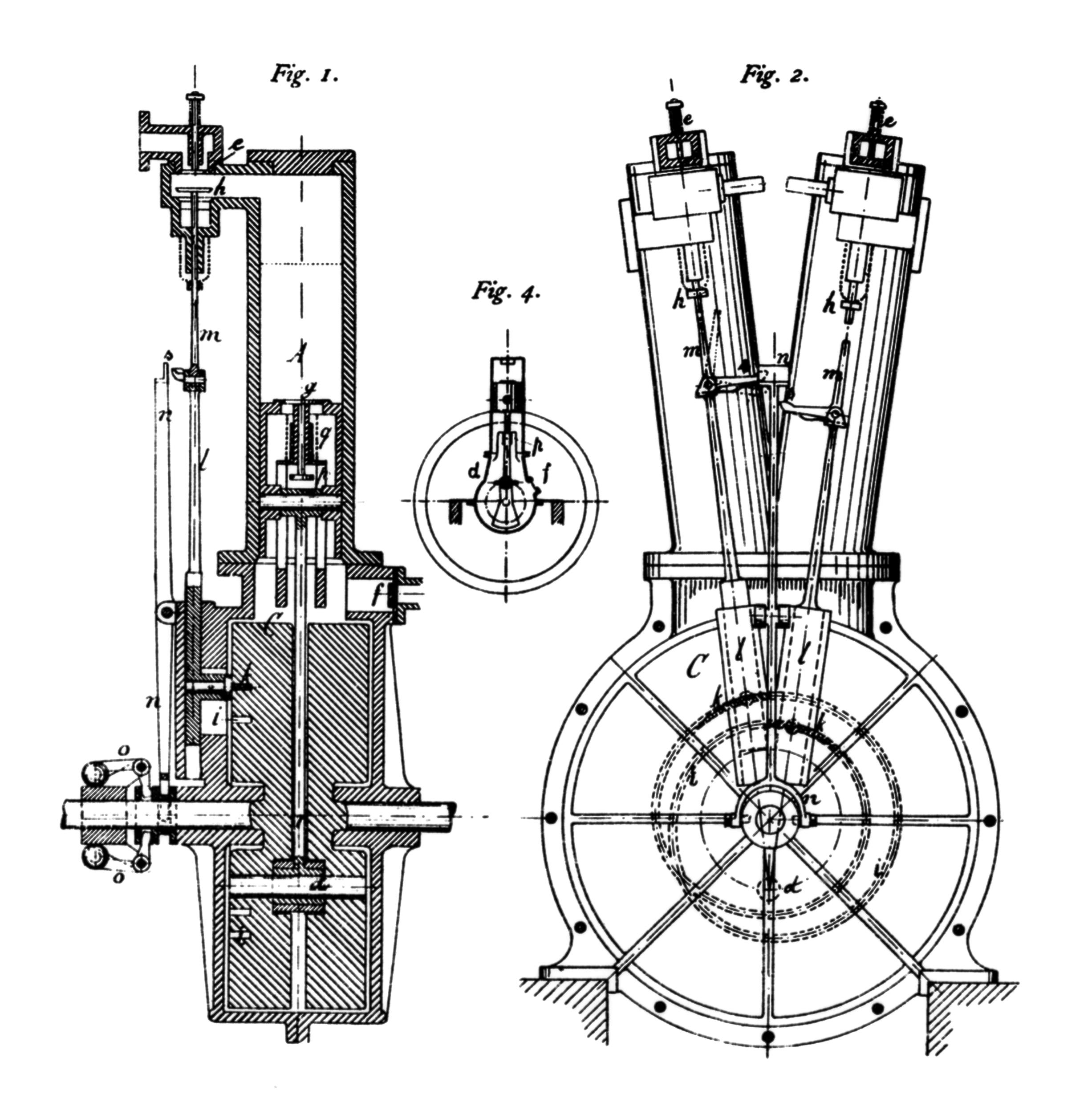
1889: Back in Germany, Wilhelm Maybach develops the first V-twin engine.
Continue to Part II, covering the period from 1900–1920.



Good stuff Mr. Sherman. Would love a bit more depth, on the individual devices.
I enjoyed the article. Maybe some more info would be nice for those of us can understand the details. Other than that A very good article .. keep up the good work!
The 1800’s is such an interesting time of development and progress. A great first part.
Good article but you missed the boat. The 1769 Fardier du Cognot was not only the first moving vehicle, but also the first high-pressure steam engine, the first thing that had steered (with rack and pinion steering), had a forward and reverse, and a brake. You can see the only working replica in the world at the Tampa Bay Auto Museum courtesy of the engineering genius of Alain Cerf.